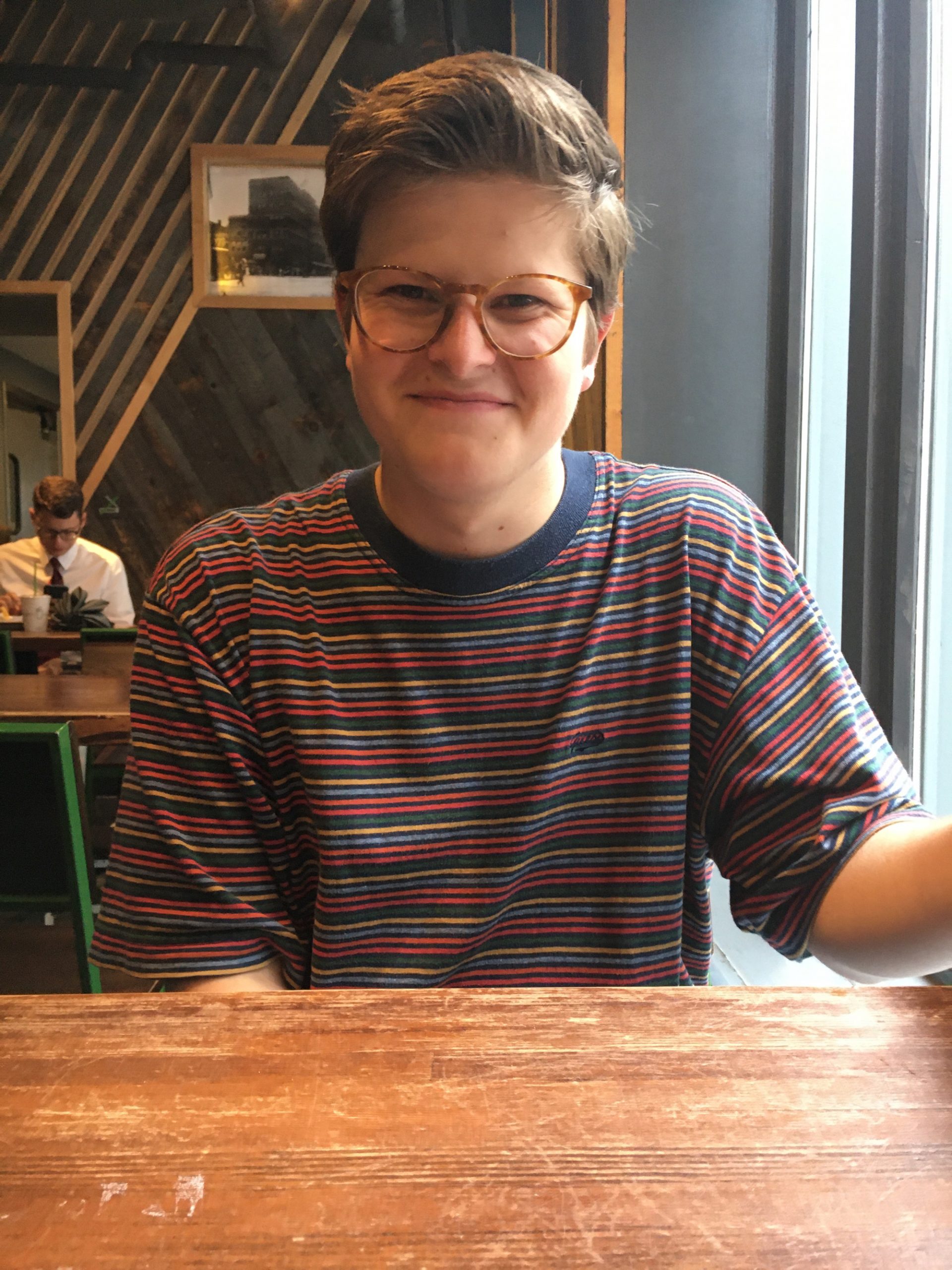During the spring semester of my junior year, I really missed home. Yes, I got along nicely at my university, but I longed to be with my family and to have a sense of my roots. Regardless, my existence felt liminal and hardly productive. Long hours in the library and the seemingly endless meetings led me to reconsider my young adult life as being a means to an end. In short, I became a budding quasi-nihilist and felt really, really depressed. However, when a pint of ice cream failed to improve a particularly difficult day, Amy Sherman-Palladino’s “Gilmore Girls” rose up to comfort me.
For those unfamiliar with “Gilmore Girls,” I’ll lay it out in plain terms: Lorelei, a slick-tongued, blue-eyed rebel, finds herself pregnant at 16. Eager to flee a life of high society living, she moves to Stars Hollow, a town 30 miles from Hartford, Connecticut, to reestablish her roots. More than a decade later, the show kicks off with Lorelei as a single mother to Rory, who is shy and wicked smart, just like her mother.
For the longest time, my friends would align themselves with various characters as if Dean, Rory, Luke, Sookie and others were astrological signs. When the title initially popped up under my recommended titles on Netflix, I figured it was fate. After a single watch-through of the entire series, I may not rival the longtime fans, but I can still say with confidence that wherever Lorelei and Rory lead, I’ll absolutely follow.
The titular ladies of Stars Hollow made their way to the television screen in the autumn of 2000, where the first 21 episodes snowballed into a successful seven-season run on primetime television. The highs were high, and the lows were certainly low on “Gilmore Girls,” both within the fictional universe and for the program in general — toward the end of its heyday, ratings began to slip as Palladino disputed with the network executives.
The spat culminated in Palladino’s departure from the staff, along with her husband and collaborator, Daniel Palladino. Regardless, the show instills comfort in the hearts of countless longtime fans. I may have only recently considered myself a devotee of the series, but the feeling still rings true.
Fans typically harbored a deep connection with the show and its characters as a result of growing up alongside them: Many firsts for Rory ran parallel with the lives of early fans, like starting college or going out on a first date. Conversely, I condensed seven years of “Gilmore Girls” into just a few short months, driving my swift viewing experience to feel like some strange fever dream. Regardless of the show’s objective relatability, I remained endeared to each and every sappy moment.
I’m aware Lorelei and Rory do not, in fact, dwell in this plane of existence. I’m also aware that it’s strange how I find comfort in a pair of straight, affluent white women from the Northeast. But perhaps that’s the thrill of it all, aligning myself with lives that are not my own. Through disconnect, I find solace, and through that I manage to rediscover myself.
It’s tricky to skate around such inherent melodrama when introducing the iconic pair: The show is rife with many tropes found in primetime dramedies, be it boyfriend drama, high school tension or a broken-off engagement. I don’t say this to denigrate its quality, but to instead underscore precisely why and how the show pulls in viewers. No one must labor to keep up with the relatively ideal lives of these women. I highlight the relativity here, as they do face their fair share of struggles.
Unlike the often unflattering realm of reality, the stakes are never too high as a viewer. I suppose this is why television intrigues the human psyche to such an extent — if your day was long, kick back and watch someone else trudge through emotional turmoil and familial drama.
In middle school, I used to squeeze myself into random groups of kids at lunchtime. I’d blindly laugh at their inside jokes and gasp when someone served up a helping of tween drama. Watching “Gilmore Girls” is really no different, and it constructs an infallible pathos of social inclusion. Rather than isolate newcomers to the series, any given episode remains accessible because of its simplicity. Rather than turning any viewers away, the show offers up a seat at the table.
My college town is tucked away on top of the Cumberland Plateau, and while it may not rival the quirk and charm of the imaginary municipality of Stars Hollow, I still find solace in the parallel. I may have run out of episodes to watch when I’m feeling down, but that doesn’t mean a rerun could ever fail to remedy my sorrow.
Through synthesizing these two places, both fact and fiction alike, it gets a little easier to find a place that feels like home. It might not have a welcome mat out front or a dog with a quippy name, but it’s still comfortable. And for that, I’m grateful.

















